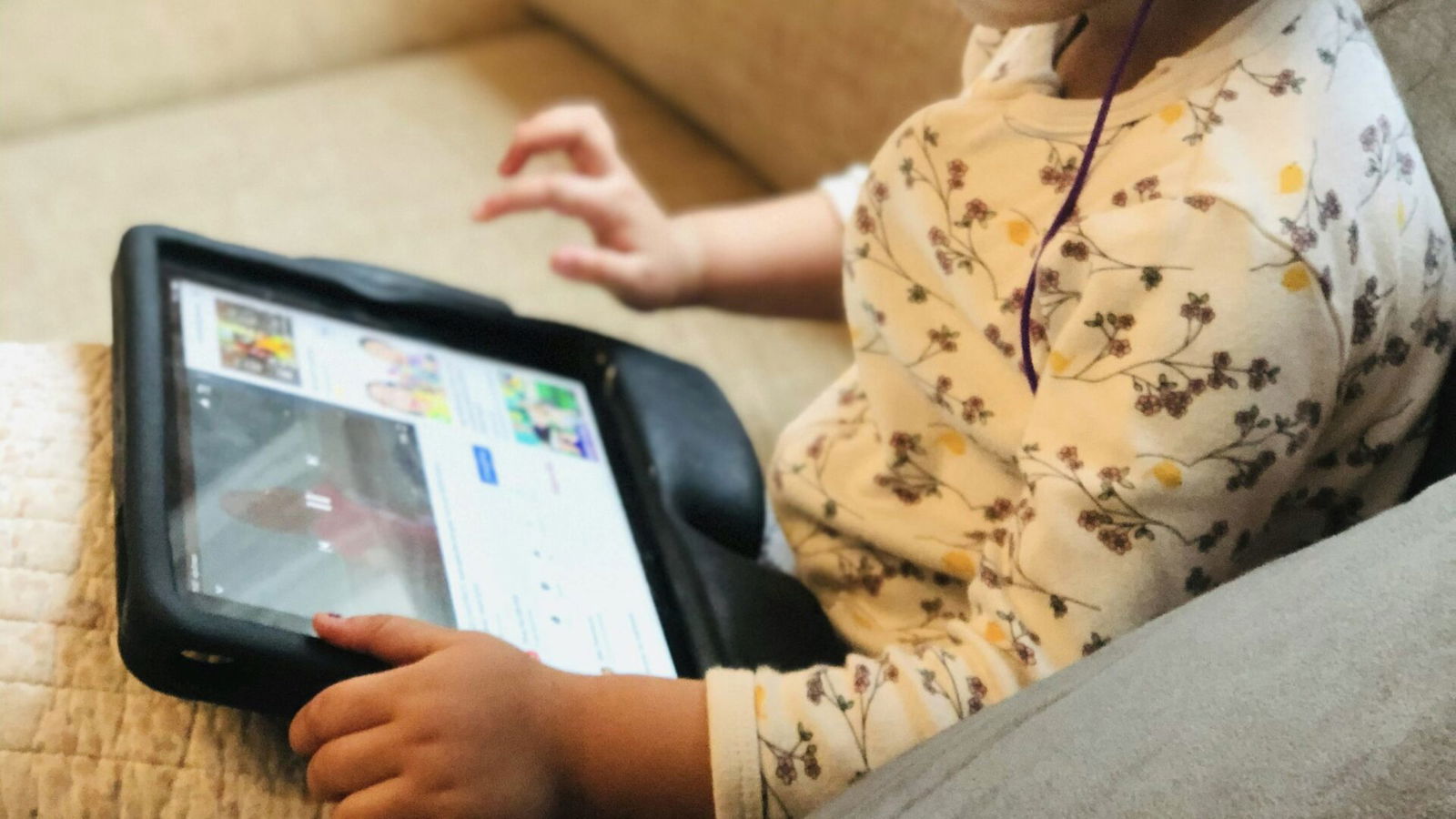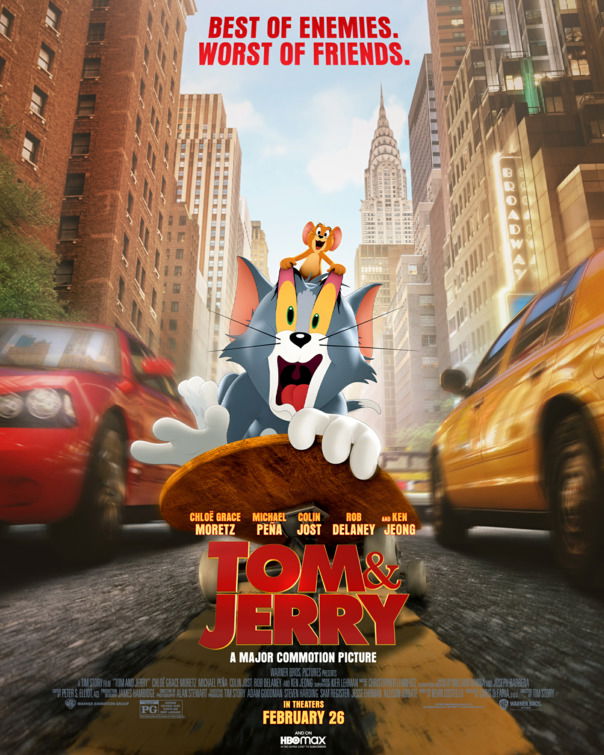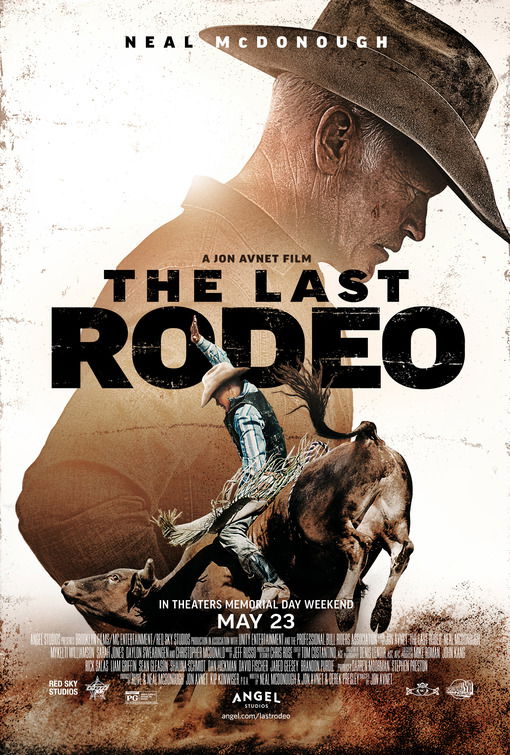
By Michaela Gordoni
There’s a lot out there on YouTube that’s vying for kids’ attention, but parents need to know what’s alright to watch and what isn’t.
One pediatrician and researcher shared what kind of content is best for kids — Dr. Jenny Radesky, a developmental and behavioral pediatrician at the University of Michigan Medical School, media researcher and director of the American Academy of Pediatrics’ Center of Excellence on Social Media and Youth Mental Health.
“There was a time and a place when technology could be watched, and that’s what’s really different about today,” she said. “Now we have endless content on-demand and we have marketplaces and platforms where these pieces of content are competing for kids’ attention.”
“[Quality] could be quality education. It could be quality for lovely storytelling that’s meaningful to a child,” she said. “The really best stuff, the stuff that is clearly made with some care and some thoughtfulness is still [like] Sesame Street, the PBS kids stuff like DANIEL TIGER’S NEIGHBORHOOD, and then there’s some newcomers like BLUEY and MS. RACHEL,” and Movieguide® agrees.
These shows are slower-paced, show humor, solve problems and tell stories that have some meaning. They help kids apply what they learn in the real world.
Related: Doctor Warns YouTube Kids Isn’t Safe — Here’s Why
“We also code for things like designs that just try to capture attention,” said Dr. Radesky. We call this ‘bedazzling,’ just this extra stuff that’s on a YouTube video but often is kind of shallow and gimmicky attention-grabbing content. I’d say AI-generated slop is definitely at the bottom.”
“If you ever see a video that just looks like a computer-generated bunch of cars being driven by Spider-Man and Elsa and the Hulk crashing into a whole bunch of soccer balls, that’s the worst and not worth your kids’ time and attention,” she explained. “It’s all the gimmicky things that kids want to click on so that’s why it trends in the algorithm and those videos have billions of views.”
The American Academy of Pediatrics warns that there is a lot of harmful and low-quality content on YouTube. It recommends parents choose content that displays kind and positive characters, avoid flashy content that pressures viewers to keep watching, choose content with fewer ads and avoid kid-fluencers.
Dr. Radesky’s research team has discovered that kids view tablet and digital gaming as a single-person activity. They don’t see it as something to be shared, unlike physical games or books.
“There’s so much informal learning that children do in early childhood, and we can really teach kids that media is for sharing,” she stressed. “It’s not for when each of us is stressed out and doesn’t want to talk to each other.”
She recommends that parents teach kids how to share digital media and always use it in a common space.
A study published in BMC Public Health last year confirms that children at young ages who watch YouTube at a high frequency had increased emotional and behavioral problems, including issues with self-regulation.
“If your child is used to being calmed down or managed behaviorally by media, that could create a dependence,” Dr. Radesky added. “Early childhood is such a great opportunity for kids to learn other emotional awareness and coping skills.”
So help your kids develop those skills better by being mindful about what they watch.
Read Next: What Parents Need to Know About YouTube Kids
Questions or comments? Please write to us here.


 - Content:
- Content: 

